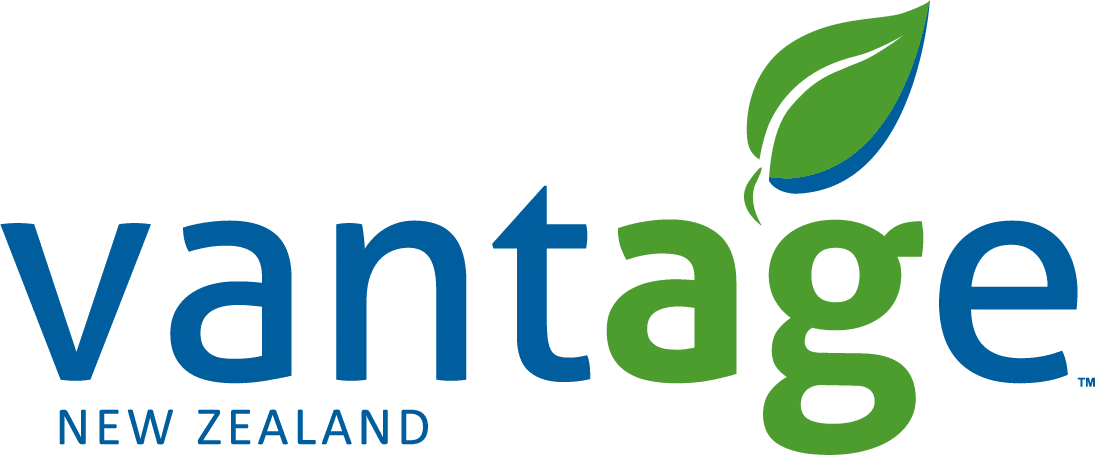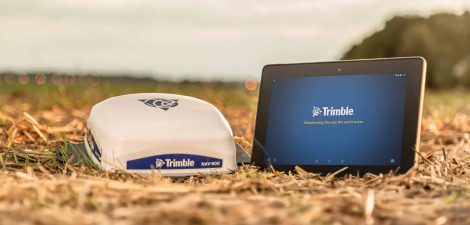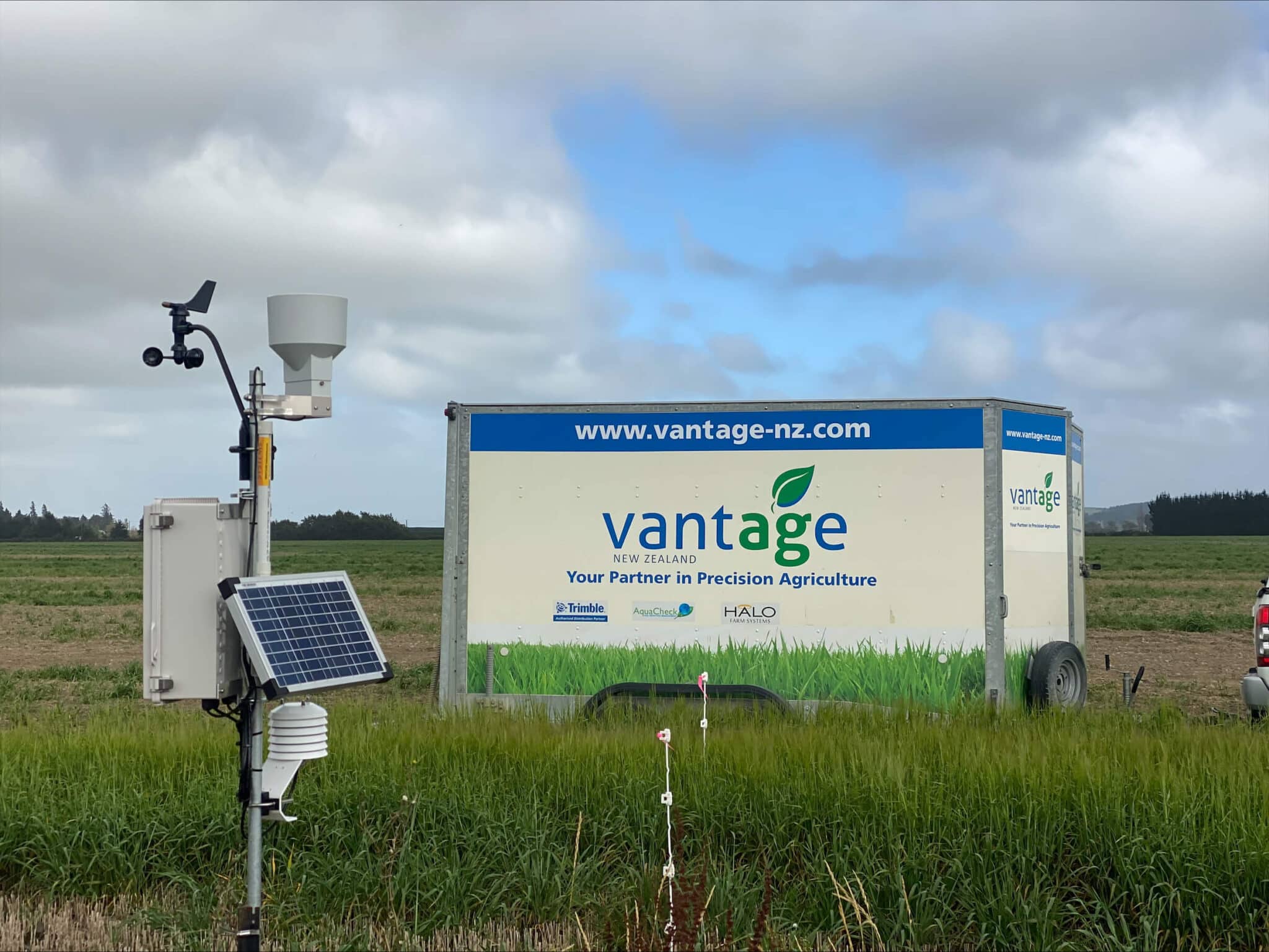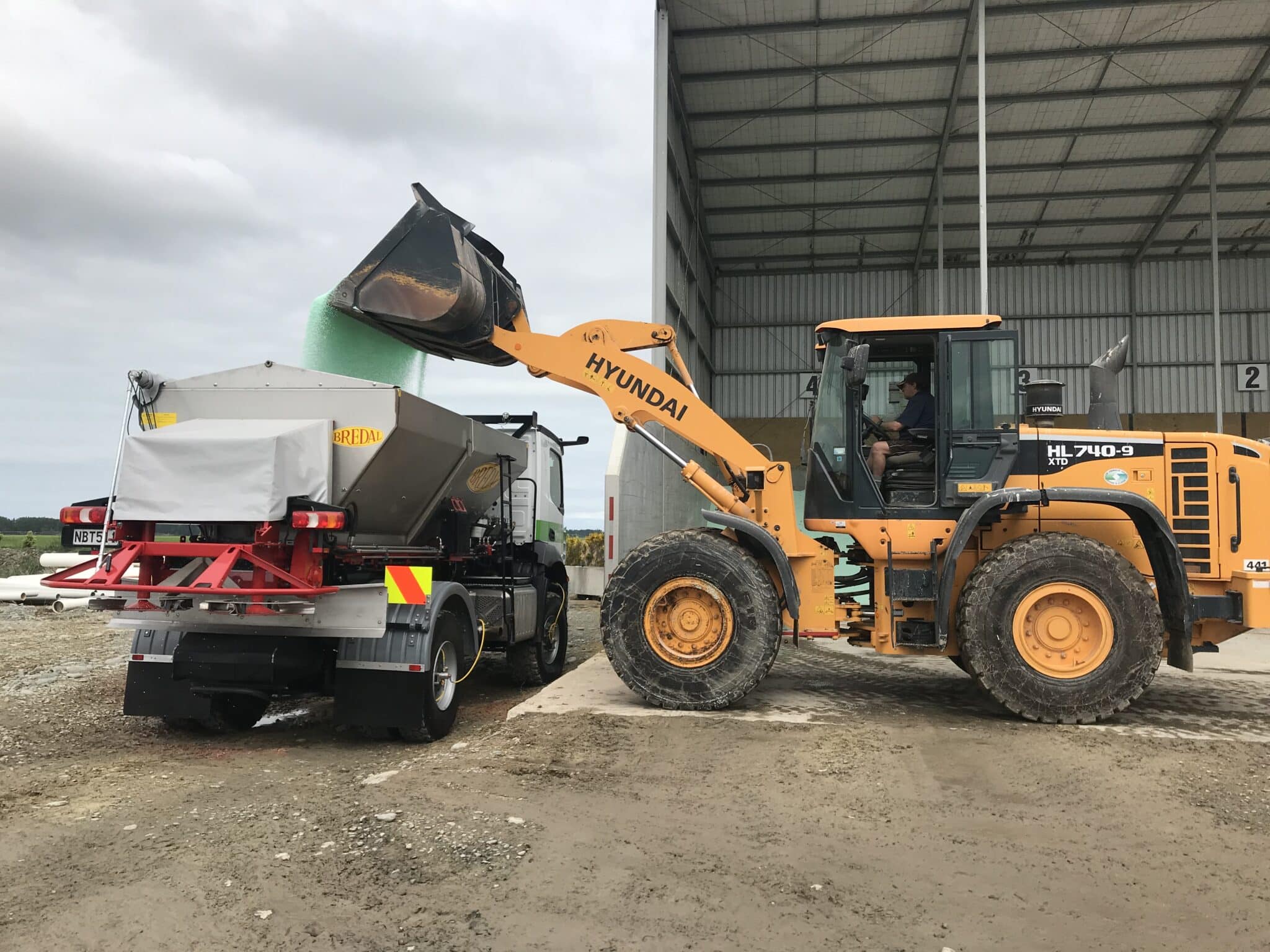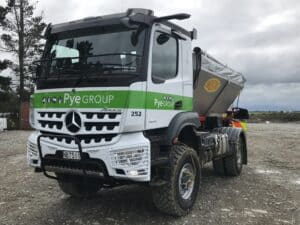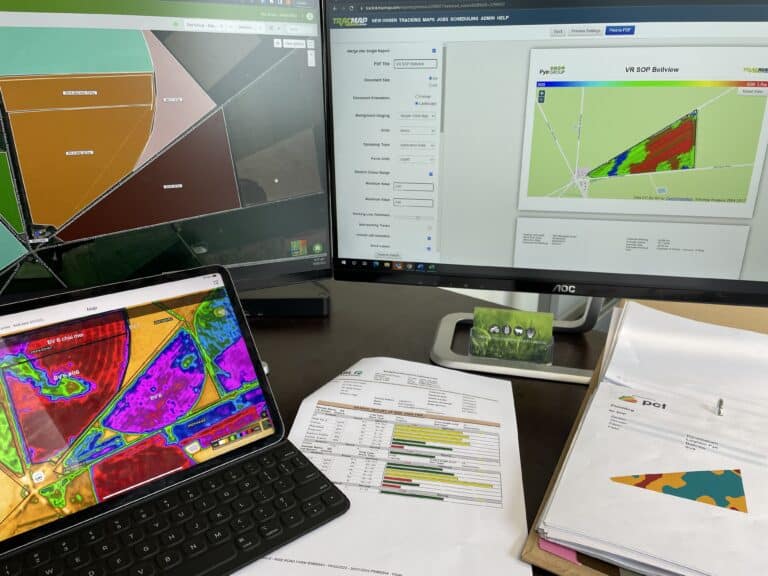In this guide, we’re going to dive into the topic of soil moisture and soil moisture meters. Soil moisture is a subject that may not always receive the attention it deserves, but its a critical aspect for land a plant management. Soil plays a central role in many areas of farming, impacting everything from seed germination to irrigation, fertiliser application, and the growth of food and fibre.
In New Zealand, we take pride in making the most of our water resources while looking after our beautiful environment. That’s one of the reasons why understanding soil moisture is crucial. Few elements have as much influence as soil moisture, due to its role in nurturing plant growth and ensuring profitable farming.
Buckle up as we are about to provide you with foundational knowledge about soil moisture and why it matters on your farm.
- The importance of soil moisture in farming
- The key benefits of measuring your soil moisture
- Understanding soil moisture levels
- So, what happens if I don’t measure my soil?
- How soil moisture meters work
- Choosing the right soil moisture meter for your farm
- Soil Moisture Meters available through Vantage NZ
The importance of soil moisture in farming
- Crop Growth and Yield: Adequate soil moisture is essential for successful crop germination, growth, and development because not having enough moisture can lead to poor crop establishment and decreased yields.
- Water Management: When it comes to water management, balance is key. Over-irrigation can result in water wastage and nutrient leaching, while under-irrigation can stress crops and reduce yields. Effective soil moisture management helps strike a balance that ensures efficient water use.
- Drought Resilience: Soil moisture management plays a pivotal role in drought resilience. Farms with well-balanced soil moisture levels are better equipped for dry periods and can minimise the impact of drought on crops.
- Environmental Impact: When talking about soil moisture, we need to think about the environment too. Poor soil moisture management can have environmental consequences including water runoff, contamination of water bodies, and depletion of water resources. By using moisture management strategies, we can reduce these environmental impacts.
The key benefits of measuring your soil moisture
- Optimised Irrigation: Monitoring soil moisture helps inform decisions about when and how much to irrigate. That means crops receive the right amount of water which reduces waste and lowers irrigation costs.
- Maximised Crop Yield: Proper soil moisture management fosters healthy plant growth which can lead to higher crop yields.
- Crop Selection: Different crops have different water needs. With soil moisture insights, you can pick the right crops for your soil conditions.
- Reduced Fertiliser Use: Balanced soil moisture enhances nutrient management. When moisture levels are just right, plants can efficiently absorb nutrients, which reduces the need for excessive fertilisation and minimises nutrient runoff.
- Financial Planning: Accurate soil moisture data aids the decision-making process, by facilitating efficient resource allocation, reducing input costs, and enhancing profitability.
Understanding soil moisture levels
To understand soil moisture levels, we need to understand the physical properties of soil. Soil is made up of different-sized particles, such as sand, silt, and clay. The spaces between these particles hold air and water, and the balance between the two is critical to plant growth.
The amount of water that soil can hold depends on the size of the soil particles and the spaces between them. Sandy soil, for instance, has larger spaces between particles, which means it can hold less water compared to clay soil, which has smaller spaces between particles.
Soil moisture levels are typically measured in terms of soil moisture tension, which is the force required to remove water from the soil. This measurement is expressed in units of kilopascals (kPa). The higher the soil moisture tension, the drier the soil, and the harder it is for plants to extract water from it.
So, what happens if I don’t measure my soil moisture?
Navigating water-related challenges on your farm can be a daunting task. Nature often dictates whether there’s too much water, too little, or it’s in the wrong places within your fields. The unpredictability of rainfall further complicates matters, leaving you with minimal control over the water supply.
However, it’s crucial to prioritise water management because excessive or insufficient water can result in a number of problems that can negatively impact your farm’s profitability. Some of these risks include:
- Delayed planting or harvest.
- An increased risk of lower-quality crops.
- The need for replanting, which consumes valuable time and resources.
- Soil compaction, which diminishes soil structure and hinders root and water penetration.
When faced with water-related challenges in your fields, even small adjustments can significantly improve your profitability by reducing damage, diseases, and crop losses associated with water extremes.
How soil moisture meters work
Soil moisture meters work by measuring the electrical magnetic conductivity of the soil, which is directly related to the amount of water present in it. There are two common methods employed by these meters: one involves measuring the capacitance between the probe and the surrounding soil, while the other gauges the resistance of the soil between two prongs.
In capacitance measurement, electrodes penetrate the soil, with high moisture levels reflected by high capacitance. Conversely, resistive meters measure the electrical resistance between electrodes, where higher moisture content corresponds to lower resistance. Soil moisture meters come in many different forms from TDR’s, tapes, probes and handheld sensors. The moisture meter and software then converts these readings into a moisture reading, which is displayed on a digital screen or gauge.
Some soil moisture meters also come with additional features, such as temperature sensors, pH sensors, and nutrient sensors, which provide a more comprehensive understanding of soil conditions.
Choosing the right soil moisture meter for your farm
Choosing the right soil moisture meter can be challenging, given the range of options available in the market. Here are some factors to consider when choosing a soil moisture meter for your farm:
Crop type
Different crops have different water requirements, and the type of crop you grow will influence the type of soil moisture meter you will need. Some crops, such as maize can root deeply into the soil profile, while in comparison, ryegrass is much shallower. Selecting a moisture meter that enables the observation of both irrigation effects and root uptake, particularly through active root zones, provides deeper insights into the soil conditions beneath the surface. Moisture meters come in a range of lengths and placements, therefore, accessing what will fit your needs with the crop rotation you have is an important factor.
Connectivity options
Soil moisture meters vary across different forms, including cellular, LoRaWan/NBIoT, Bluetooth, handheld devices, and mesh networks. Cellular options are effective when connectivity is robust, with cellular performing better in areas with good coverage and NBIoT being preferable in low-coverage regions. In scenarios where signal strength is a concern, alternatives like mesh networks, Bluetooth, and handheld options may be more suitable.
Budget
Soil moisture meters come in a range of prices, from basic models to advanced ones with multiple sensors and features. Consider your budget when choosing a soil moisture meter and select one that provides the necessary features while staying within your budget.
Ease of use
Choose a soil moisture meter that is easy to use and maintain. Some models require regular calibration, while others are self-calibrating. Consider the user interface and display when choosing a soil moisture meter, as it should be easy to read and understand.
Soil Moisture Meters available through Vantage NZ
We hope you now understand why leveraging technology to monitor soil moisture levels is essential. We offer solutions to help you address water-related challenges, partnering with AquaCheck, Halo Systems, and Metos by Pessl Instruments.
AquaCheck Soil Moisture Probes
Aquacheck’s soil moisture probes are filled with features that help you avoid over-watering, potential nutrient leaching and energy waste, while improving crop growth by managing your inputs.
The high-quality and reasonably priced AquaCheck probes are compatible with a variety of end-user platforms and telemetry options. The vertically oriented probes are simple to use, have wireless access, and an additional connection for a rain gauge. Aquacheck probes have the benefit of being simple to install and remove, which makes them ideal for seasonal cropping.
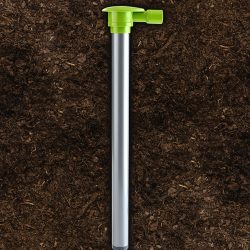
HALO Water Management
HALO Systems use innovative software that can be adjusted to your needs, farm-wide control networks, and a user-friendly dashboard for all farm information.
Halo systems provide a data gateway in the most practical location and connect the sensors needed to meet your requirements. It can work anywhere, at any time, and is solar or mains powered, with cellular and internet connectivity options.
Halo has a broad range of proven applications ranging from dairy farms to factories, and they can provide specific wired and wireless solutions for any industry use.
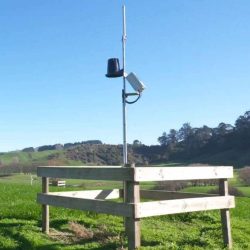
METOS by Pessl Instruments
Pessl Instruments offers a wide range of hardware and software solutions for effective soil moisture and irrigation management.
Soil moisture sensors from Pessl Instruments are designed to help users in making informed irrigation scheduling decisions, resulting in improved yield quantity and quality while lowering water, fertiliser, labour, and energy costs.
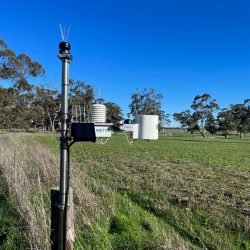
By gaining data-driven insights that guide crop production, conserve resources, reduce expenses, and champion environmental sustainability, soil moisture solutions unlock new potential. That’s why understanding your soil’s moisture content is one of the keys to a sustainable and successful future in agriculture.
To learn more about how our soil moisture solutions could benefit your farming operation, get in touch with one of our Precision Ag specialists today.
